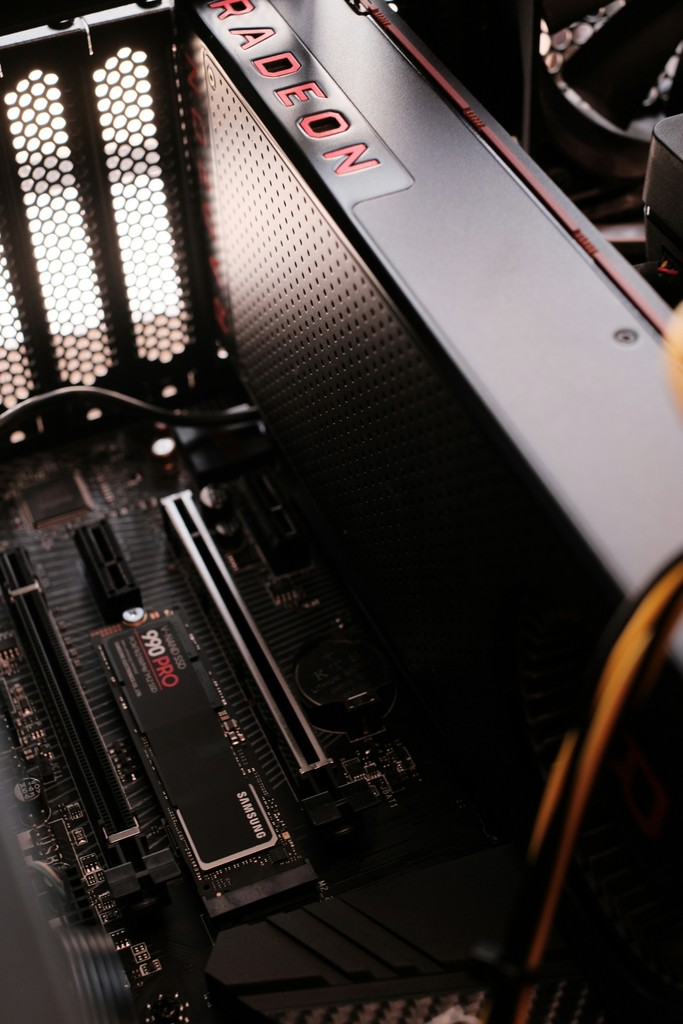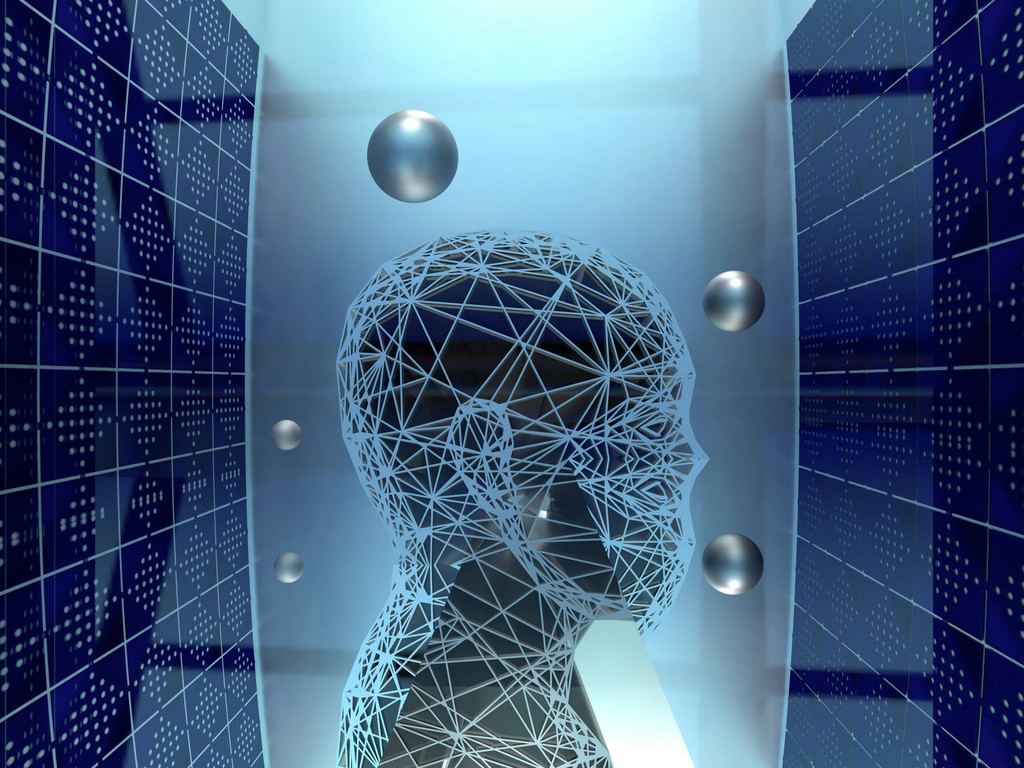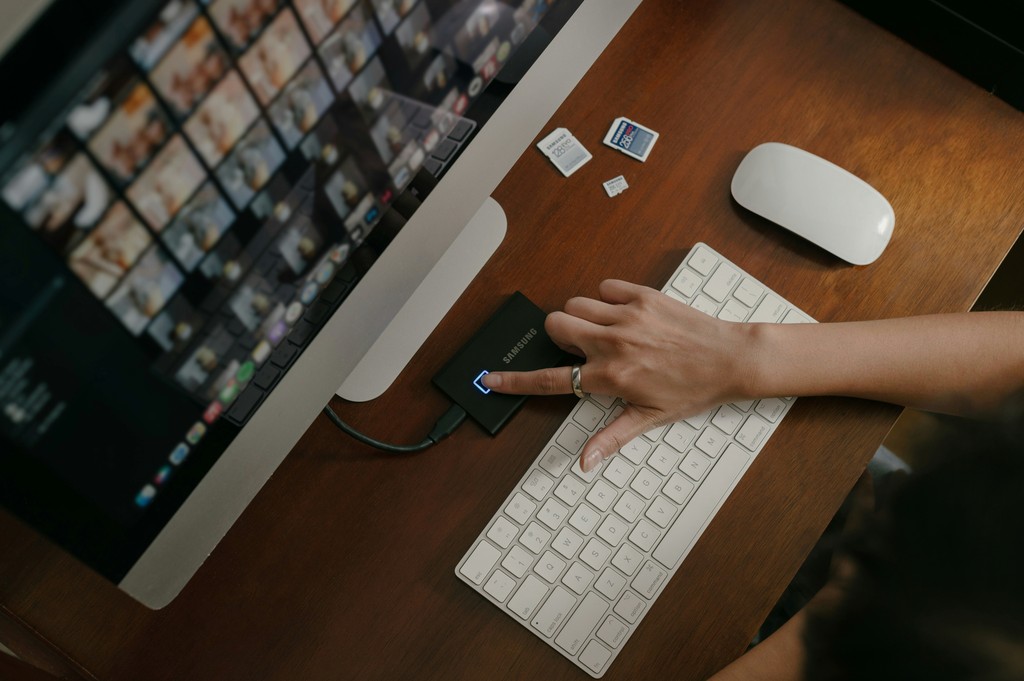
Ryan
May 18, 2024
Preserving Your Story: How Digital Memory Preservation Allows for Tailored and Meaningful Personalized Memory Curation
Advantages of Storing Memory in Digital Format
Keeping memories has been a practice for many years. Thus, from handwritten letters to photo albums, scrapbooks, diaries, and the like, people have been searching for ways to preserve life experiences so that they may be passed on to future generations. However, with technological advancements, digital memory management strategies have also changed.
In today’s world, conventional techniques of memory preservation can be enhanced and, in some cases, entirely reliant on digital tools. Thanks to modern applications and services, stories can be saved and chosen for presentation. Stay with us to learn how these new tools can help change the methods of capturing, storing, and sharing the beautiful moments of life!
Holding on to our memories is crucial to embracing what we have gone through in our lives. In the past, people used physical means like photo albums and diaries to record the events that they had gone through. Even though these methods may be considered sentimental, they may need to be more effective and attainable in the long run.
This is where digital memory preservation comes into play. We can store our memories more effectively and precisely thanks to new technology and social networks. The advantages of digitizing memory are endless and can positively change the world.
Through digital preservation, one can easily access documents. We can all retrieve all our fond memories at the click of a button, regardless of our location in the world. As with many things in today’s society, instead of digging through stacks of developed photos and trying to decipher writing, it is simply a tap away.
Digital preservation of memory has the advantage of durability. While physical copies may become damaged over time, digital files can be kept safe for many years. This naturally implies that generations can associate with their families and gain knowledge from their families’ past.
Also, storing your memories in the digital format allows you to sort and select the content in countless ways. Thus, it is possible to sort the photographs by events or people, compile the best memories into a slideshow or a video, and provide additional details with captions or notes.

How to Keep Your Memories in Digital Format
Storing your memories in digital format is quite helpful and efficient, as you can easily keep them safe for many years. Owing to the development of technology, there are many techniques for digitizing and storing memories. Below are some guidelines on how to ensure that your memories are saved in digital format.
Assemble all the physical things that you wish to digitize, including photos, letters, or documents. Ensure that they are clean before scanning or taking a picture of them. You can also use a flatbed scanner or a smartphone camera to get high-quality digital copies.
Last, arrange and sort your digital documents into folders based on events or topics. This will make it easier for you to search for memories later on, and since it is easier to search for the memories you need, retrieving them becomes easier. It is recommended that you use meaningful file names so that you can tell what each file contains at the flick of a button.
After digitizinglassiclassifying, you need to select the appropriate digital storage system. Some possibilities include cloud storage like Google Drive or Dropbox, regular external drives, or specific services focused on storing memories.
When choosing a storage option, some of the features that one needs to consider include security features that are in place, for example, encryption, how easily accessible the storage is across different devices, for instance, mobile applications, and lastly, the backup capabilities of the storage option, for example, automatic syncing. In case of hardware failure or other misfortune, it is also crucial to ensure you are backing up the digital files on different physical devices.
It would help if you recalled that although virtual memory storage has many advantages over physical storage, like photo albums or scrapbooks, it is essential to use both methods to minimize the risks of losing memories in the future.

Personalized Memory Curation: Adapting Your Story
Memorizing is not mere photography; it’s about narrating one’s story. In digital memory preservation, you can select the contents you want to save and how they should be saved to represent your life honestly. That way, utilizing technology, it is possible to develop a story specifically for you and make it as unique as you are.
A great strength of memory curation is that one can arrange and group memories into specific topics or sections, referred to as chapters. Whether about the trips you took with your family, important dates, or fun customs, you can always sort your photographs into albums and categories. This makes it easier to tell a coherent story that you and others can cherish and remember even after the moments have passed.
Also, digital memory preservation platforms may have other features like tags or a search option by keywords. These tools allow you to easily search for the desired memory of people, places, or certain events. Consider how simple it would be to locate all the pictures of one’s grandmother’s 80th birthday celebration or recall previous travels.
Besides the search and organization features, most services allow users to add context and individual approaches to their selects. You can have captions, stories, or even audio that help explain and depict each moment in detail. This level of personalization helps to provide more depth and meaning to your story while at the same time giving the future generation an idea of what is happening in the picture.
Furthermore, the digital preservation platforms enable the family members to contribute their memories and experiences. Thus, this collaborative work contributes to creating a more detailed story, which represents the various perspectives of the family members and fosters the family's closeness by recalling past events.

Conclusion:
In the current generation, characterized by the use of the Internet and other forms of technology, there is a need to adopt new methods of preserving memories. Even though traditional methods of note-taking have their appeal, they lack the features that make note-taking easy, systematic, and personalized.
Digital memory preservation provides an answer, enabling us to lock our narratives in a way that modifies our lives. Thus, using applications or platforms intended for capturing family history and memories, it is possible to form an extensive library of unique content that will be valuable to future generations.
These are some advantages of storing data in digital form. From simple tasks like sending messages and photos to friends and family members to complex functions of gathering and presenting our life stories, this new approach gives us the tools to build a lasting legacy. Sharing photos, videos, or audio recordings provides additional context to our stories and makes them more meaningful.
Personalized memory curation is the improvement of digital preservation by the ability to choose which part of the story one wants to tell. You are allowed to arrange your content either in the time of occurrence order or by topics of your preference, and you can also include tags or descriptions that may help explain each memory captured. It gives a high level of personalization that guarantees that each part of your story is recorded as you wish.
